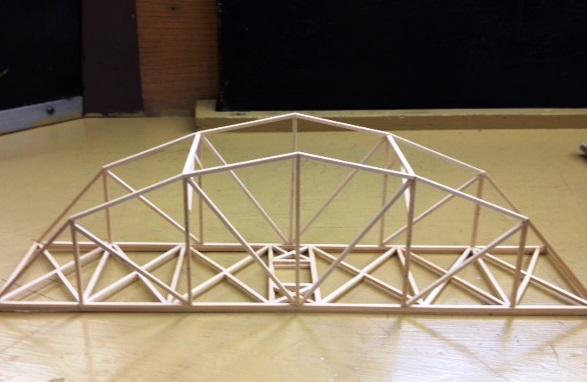Students who are into engineering or who have just finished civil engineering and want to enhance their scope can try a bridge design course. Once this course is done, there will be better job opportunities in the field of civil engineering. There are many civil engineering jobs in the market, but with Bridge Design Courses Mumbai, the students can expect a better salary and a better post. Here’s what you can expect from a bridge design course.
Definition and components of bridge design
When you take up the course, you will start from scratch, and this will enhance your knowledge in terms of bridge design. So, the course would generally start with the definition of bridge and bridge design. There are many types available, and it would be important for the student to know which the different types are. While you take up Bridge Design Course in Pune, you will also learn about the concept of load transfer. Once this course is completed, a person can find a job in the field of infrastructure design engineering.
Design codes for bridge
There are different design codes for bridges, and the student should know about them. The code would mean which design is to be considered for which purpose. Like, there are bridge design codes for highways, steel bridges, roads, construction projects, and so on. The infrastructure bridge engineer needs to know about the design codes and the execution. Of course, a full fledge course in the same field can assist one in becoming an expert in the said field.
Understanding the types of load in bridge design
There are 12 types of loads to be considered when the bridge design structure is created. Some of these include dead load, live load, impact load, thermal effects, buoyancy effect, impact load, etc. The effect of each load is considered, and based on that, the bridge design is to be created.
Knowledge about components of bridge design
When the bridge is to be created, there will be some important components involved, and these include the foundation, substructure, and superstructure. The foundation of the bridge should be very strong, and for that, piles and pile caps are created to give the bridge a perfect level of support. The bridge design course will also cover details about the materials used.
With so many things covered in the bridge design course, there is a good chance that the student will turn out to be an expert in the same field. The course provides the best theoretical solutions for bridge design, and finally, this can have the right practical applications too. If a student is directly put into such projects, then the execution of the project would be rough. If the civil engineering student is exposed to such important courses, then it can have a better impact on career prospects and also in making the project successful.
Conclusion:
The field of infrastructure development has a very good scope for civil engineers. It is important to consider bridge design courses to enhance knowledge and functionality.

